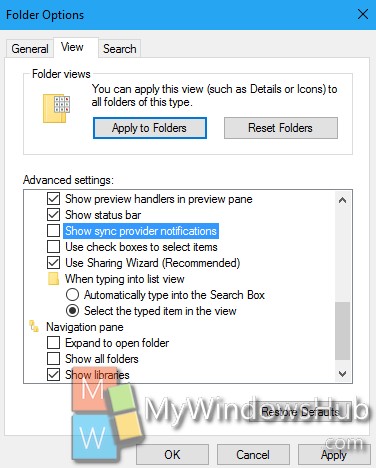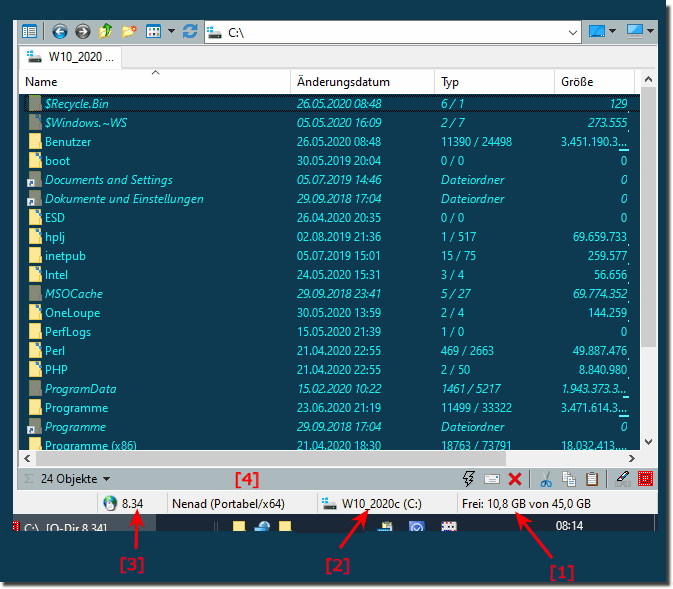
Status bars are a great way to provide status information without interrupting users or breaking their flow. Is the program intended primarily for novice users? Inexperienced users are generally unaware of status bars, so reconsider the use of status bars in this case. Is the status critical? Is immediate action required? If so, display the information in a form that demands attention and cannot be easily ignored, such as a dialog box or within the primary window itself.Ī red address bar in Windows Internet Explorer. Is the status useful and relevant? That is, are users likely to change their behavior as a result of this information? If not, either don't display the status, or put it in a log file.


Status bars must not be used as a secondary menu bar or toolbar.ĭoes the information explain how to use the selected control? If so, display the information next to the associated control using a supplemental explanation or instruction label instead. Is the information primarily status? If not, don't use a status bar. Dialog boxes, wizards, control panels, and property sheets shouldn't have status bars. Is the window a primary window? If not, don't use a status bar. Is the status relevant when users are actively using other programs? If so, use a notification area icons.ĭoes the status item need to display notifications? If so, you must use a notification area icon.

Guidelines related to the notification area are presented in a separate article.


 0 kommentar(er)
0 kommentar(er)
